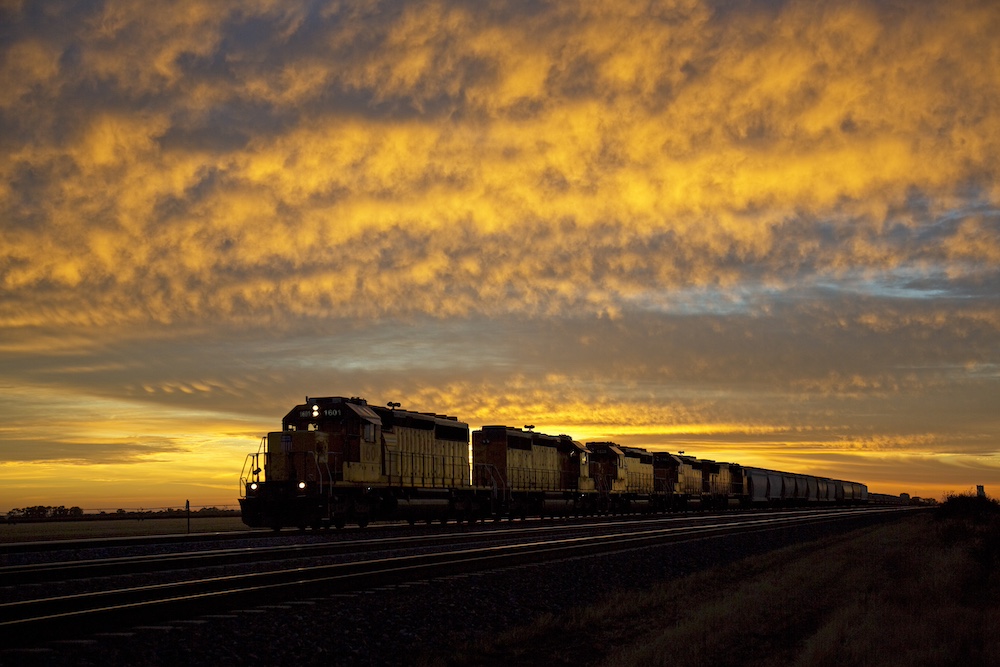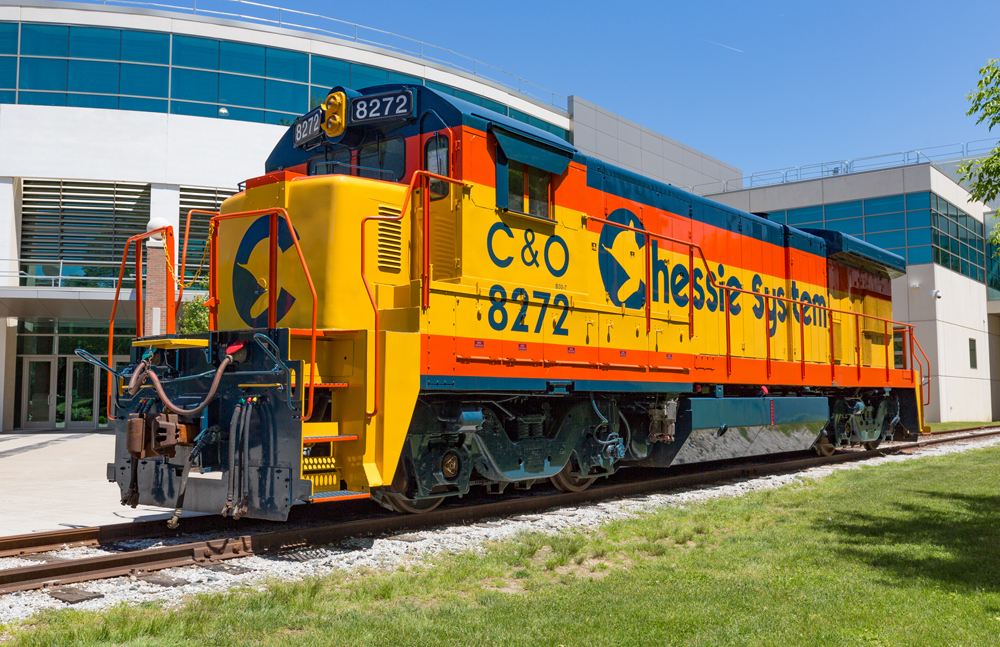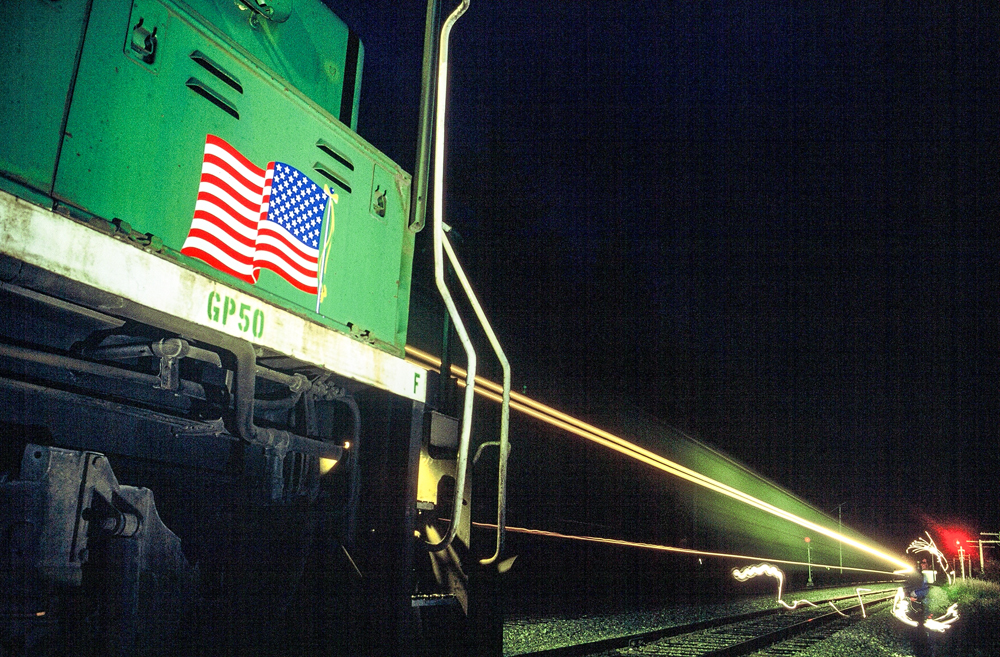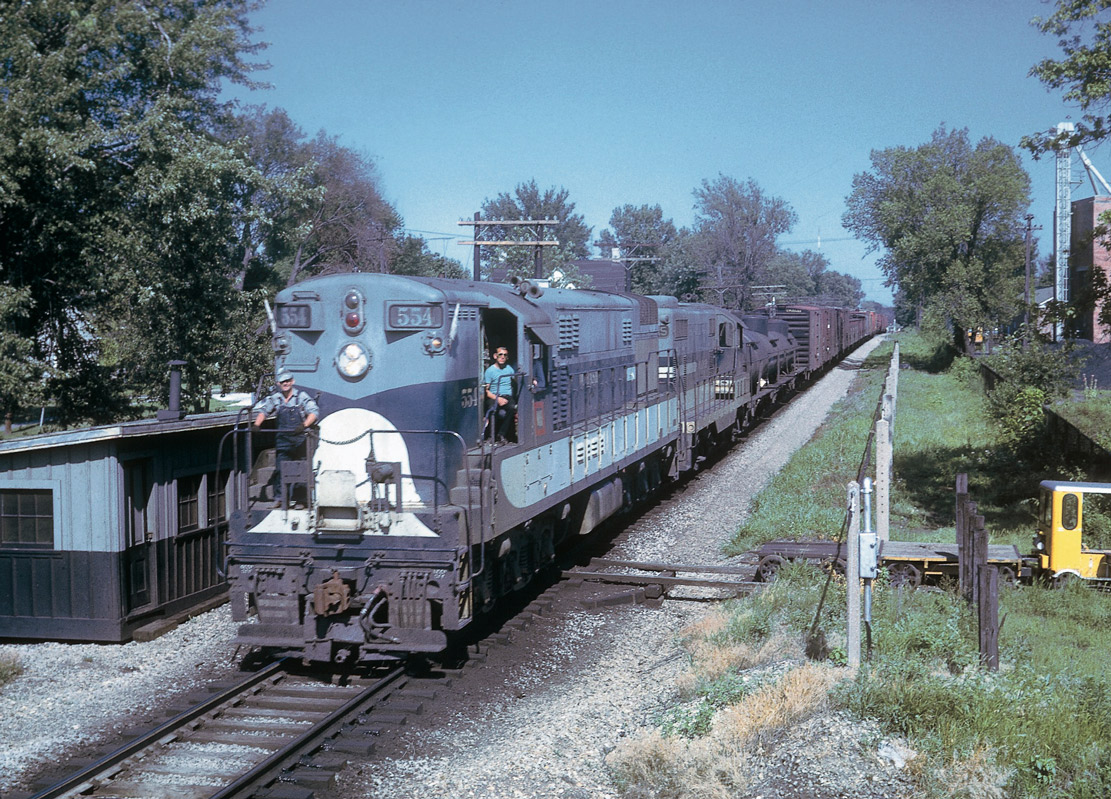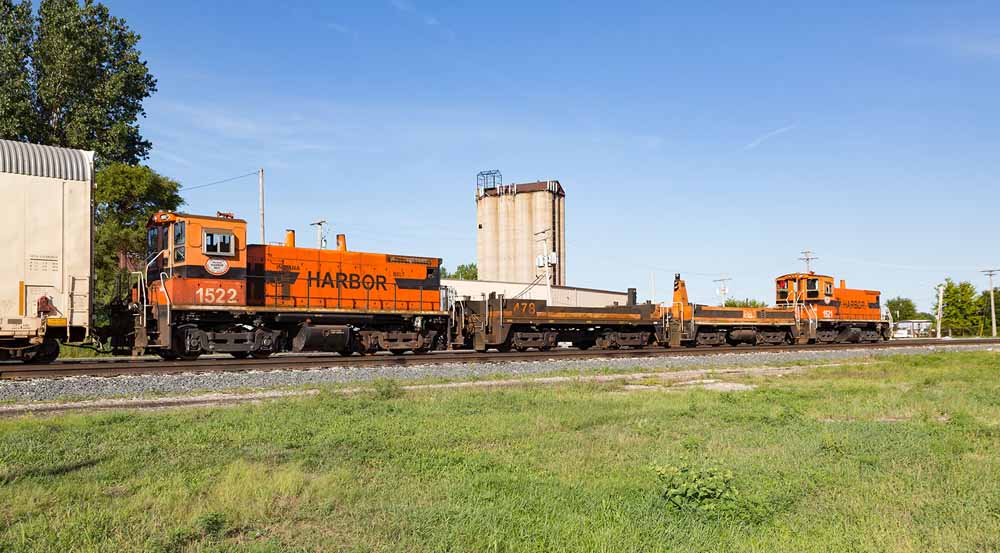
Non-powered slugs help diesel locomotives move trains at lower speeds. Trains move at various speeds for different reasons. Moving trains from coast to coast requires high-horsepower locomotives to maintain high speeds. Local trains serving online customers or switch jobs in yards can use lower horsepower locomotives, since their top speed is much lower than a mainline train. One way to save fuel and use a locomotive’s full potential at low speeds is by connecting an unpowered slug. Slugs are an unpowered unit that’s semi-permanently coupled to a powered locomotive from which it receives electrical current to power its own traction motors.
From the frame down, a slug is basically the same as a self-powered locomotive, while a slug’s appearance above the frame can vary. Many are little more than a shell only a few feet high, which is necessary to house the required air and electrical equipment to mate with the powered locomotive. Other slugs look more like a normal locomotive without radiator equipment or an exhaust stack on the roof. Often the excess space above the frame or inside the fuel tank is used to add extra weight to the rail to provide additional tractive effort.
Both four-axle and six-axle locomotives can be mated to slugs. When they are, roughly half of the locomotive’s power is routed through special cables to power the traction motors on each axle of the slug, keeping the other half for itself. So, a six-axle SD40-2 with 3,000 hp mated to a six-axle slug would share about 1,500 hp with its slug. In slow-speed service, this pair can essentially pull the equivalent of two SD40-2s since the full horsepower output of an SD40-2 by itself is only used at higher speeds found in mainline service.
Slugs have been an important part of railroading for decades and will continue to be an important part of many railroads’ rosters for years to come.






